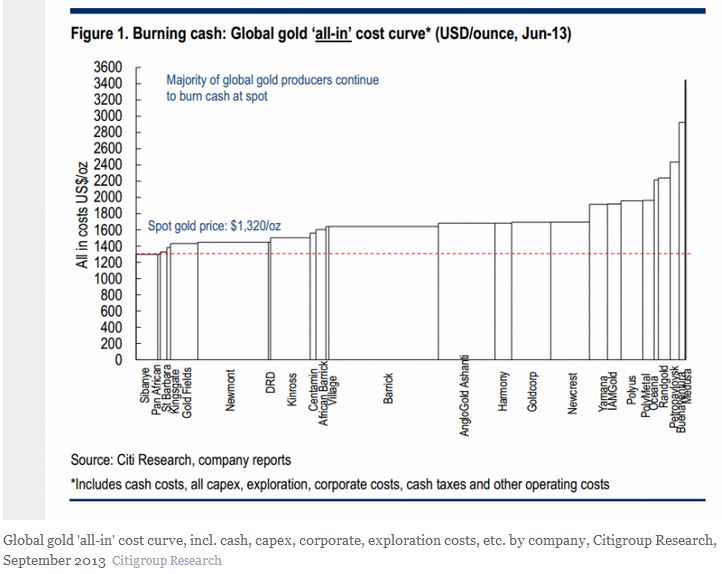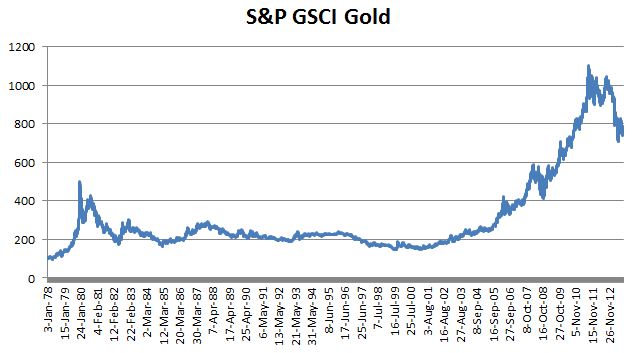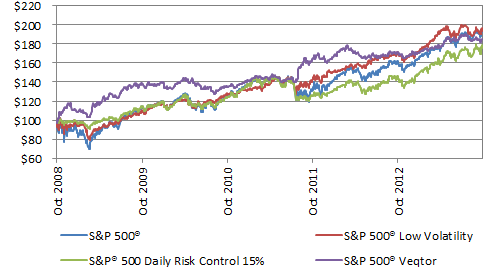An overview of the market shows that breadth, the number of issues up compared to the number down, is running very strong this year. Year-to-date (YTD), 451 of the S&P 500 issues are up (47 down), which on an annual basis is the best since 458 issues increased in 2003. The 2003 number is also a record high from 1980, when my data series starts. The number is significant since it shows the depth of the recovery. In the late 1990s, the market aggregates became dominated by technology, which grew on ‘faith’ and ‘hits’, as compared to sales and cash-flow. In 1998, the market returned 26.67%, yet only 57.8% of the issues were up, and in 1999, the market grew 19.53%, but less than half, 48.2% of the issues, were up. For the 2013 YTD, 90.2% of the issues are higher, with the market aggregate up 23.39%; 270 issues are above that aggregate, with 140 issues up at least 40%. Surely, a significant number of people are seeing large gains, and surely, many are not, since they remain out of the market.
At the beginning of this year, when we did not fall off the financial cliff, investors poured billions into the market (the 1/2/2013 opening of 2.54% remains the best day since the 2.98% opening on 12/20/2011) – partially in relief, but also partially because frustration grew over not getting any return for their money after being out of the market in 2012 (the market was up 13.41%; 16% with dividends in 2012). Chasing returns is not a good reason to invest, but when enough do it, the short-term impacts are more buying and higher prices- which we may be getting close to if the market stays anywhere near its current level. (FYI – Friday set two new official highs, an intraday of 1759.82, and a close of 1759.77)
Please note that the statistical data is based on publicly available information, most of which is available in S&P products such as Capital IQ, Compustat Research Insight and S&P Index Alert. Analysis and projections are my own, and may differ from others within S&P/McGrawHill. Nothing presented is intended to, or should be interpreted as, a buy/sell/hold recommendation.
My notes vary in topics, but are market related. The intent is to quickly inform. The assumption is that you don’t need a basic education, editorial or sales pitch, just specific facts and maybe some observations. If the information does not suit your needs, please e-mail me and I will take you off the list. Unless otherwise noted all data is for public dissemination, and may not be used for commercial purposes. Finally, any incoming correspondence from you will be considered confidential unless you specify otherwise.
DISCLAIMER
The analyses and projections discussed within are impersonal and are not tailored to the needs of any person, entity or group of persons. Nothing presented herein is intended to, or should be interpreted as investment advice or as a recommendation by Standard & Poor’s or its affiliates to buy, sell, or hold any security. This document does not constitute an offer of services in jurisdictions where Standard & Poor’s or its affiliates do not have the necessary licenses. Closing prices for S&P US benchmark indices are calculated by S&P Dow Jones Indices based on the closing price of the individual constituents of the Index as set by their primary exchange (i.e., NYSE, NASDAQ, NYSE AMEX). Closing prices are received by S&P Dow Jones Indices from one of its vendors and verified by comparing them with prices from an alternative vendor. The vendors receive the closing price from the primary exchanges. Real-time intraday prices are calculated similarly without a second verification. It is not possible to invest directly in an index. Exposure to an asset class is available through investable instruments based on an index. Standard & Poor’s and its affiliates do not sponsor, endorse, sell or promote any investment fund or other vehicle that is offered by third parties and that seeks to provide an investment return based on the returns of any S&P Index. There is no assurance that investment products based on the index will accurately track index performance or provide positive investment returns. Neither S&P, any of its affiliates, or Howard Silverblatt guarantee the accuracy, completeness, timeliness or availability of any of the content provided herein, and none of these parties are responsible for any errors or omissions, regardless of the cause, for the results obtained from the use of the content. All content is provided on an “as is” basis, and all parties disclaim any express or implied warranties associated with this information. The notes and topics discussed herein are intended to quickly inform and are only provided upon request. If you no longer wish to receive this information or if you feel that the information does not suit your needs, please send an email to Howard.silverblatt@spdji.com and you will be removed from the distribution list. A decision to invest in any such investment fund or other vehicle should not be made in reliance on any of the statements set forth in this document. Standard & Poor’s receives compensation in connection with licensing its indices to third parties. Any returns or performance provided within are for illustrative purposes only and do not demonstrate actual performance. Past performance is not a guarantee of future investment results. STANDARD & POOR’S, S&P, and S&P Dow Jones Indices are registered trademarks of Standard & Poor’s Financial Services LLC.
The posts on this blog are opinions, not advice. Please read our Disclaimers.













